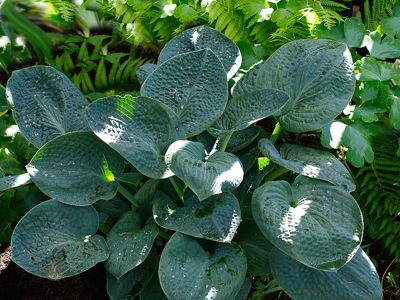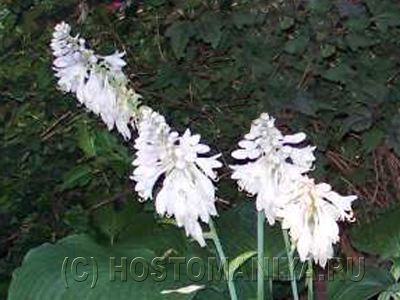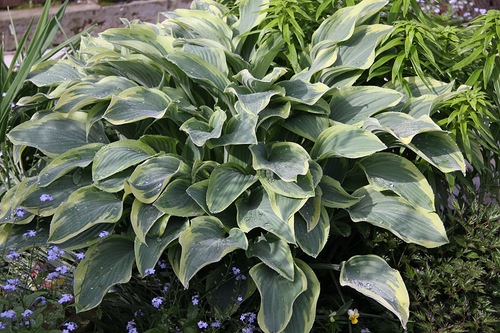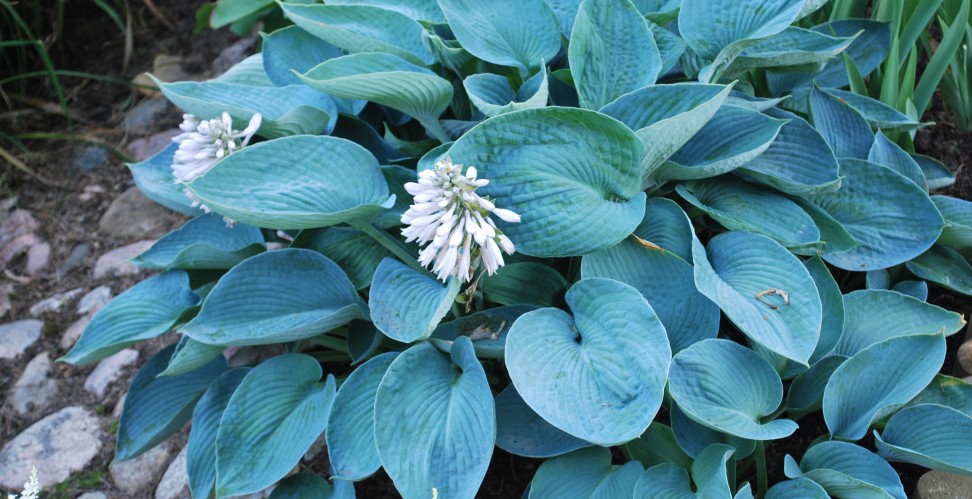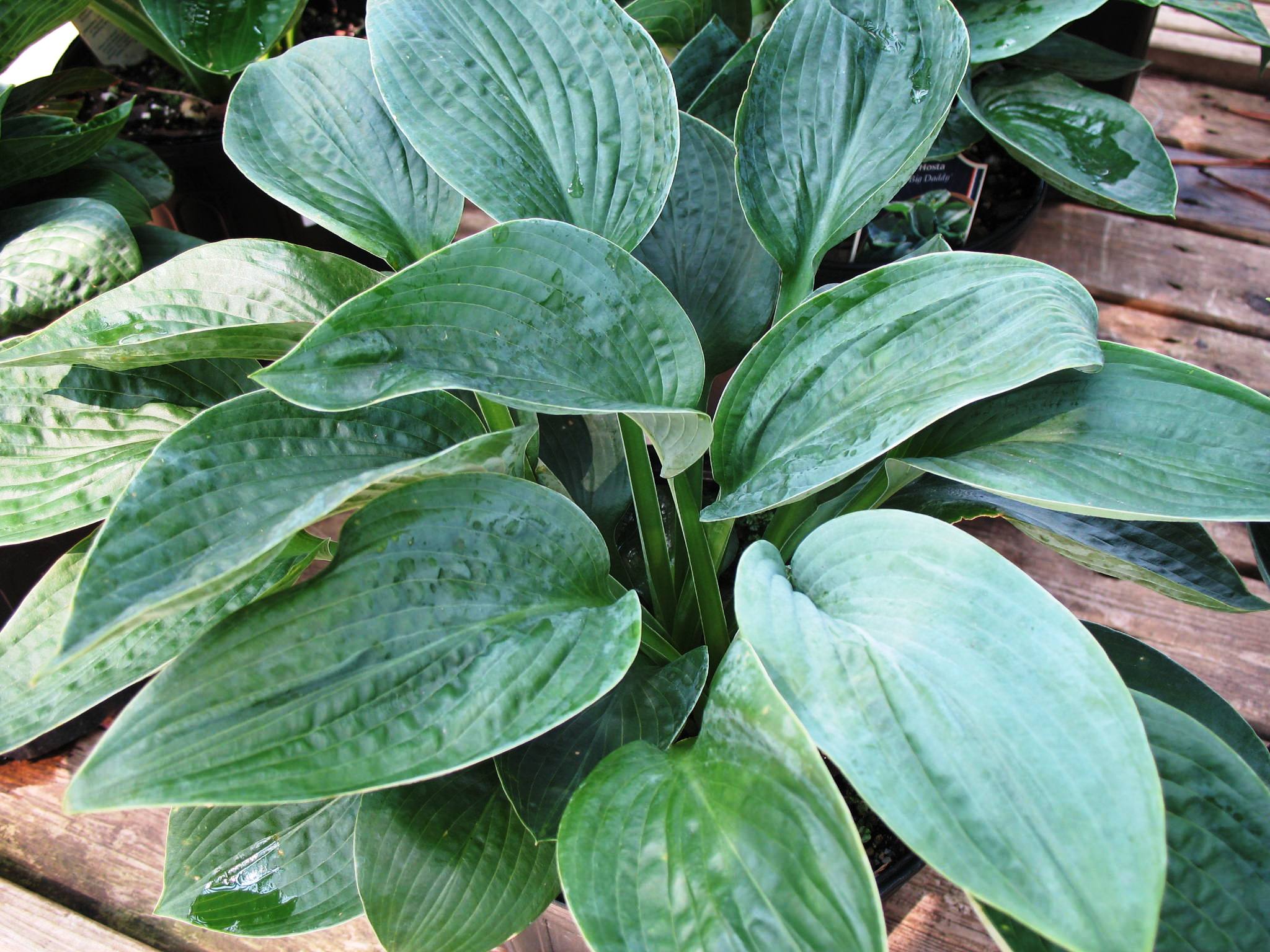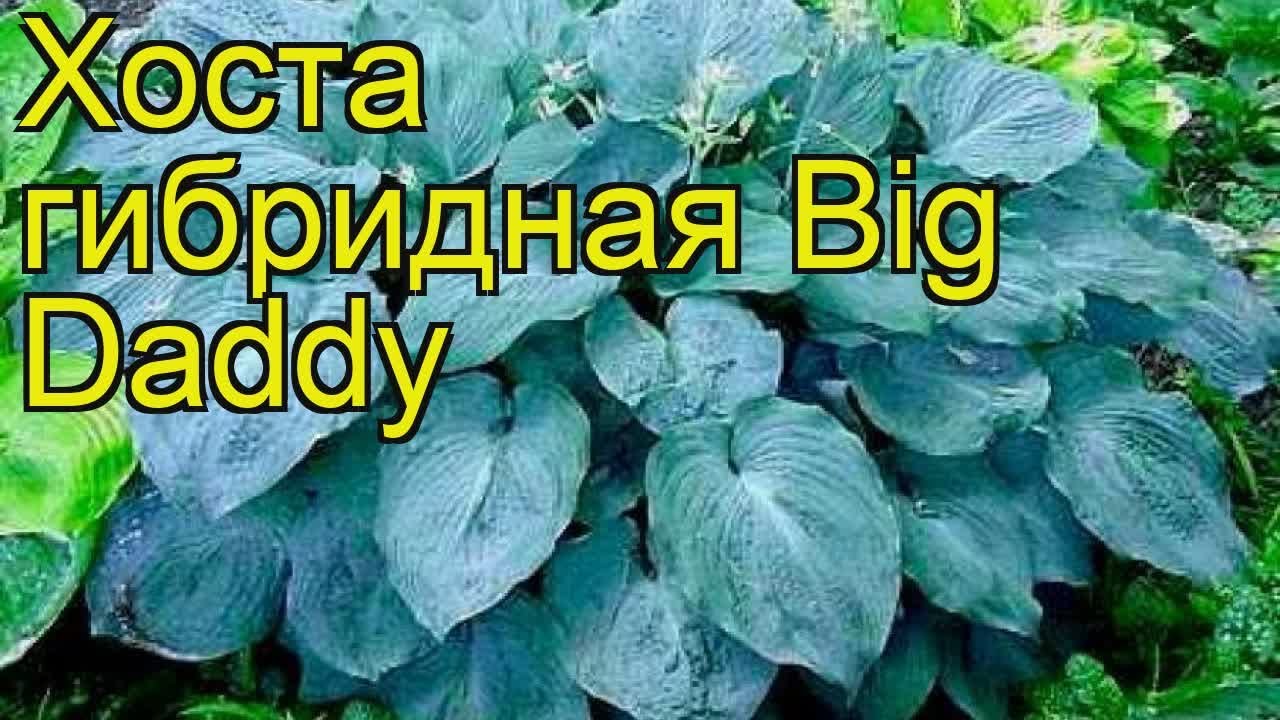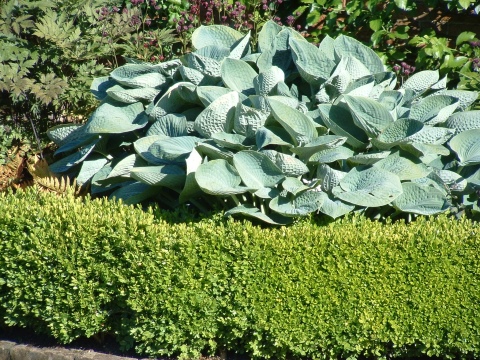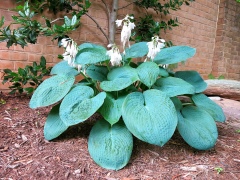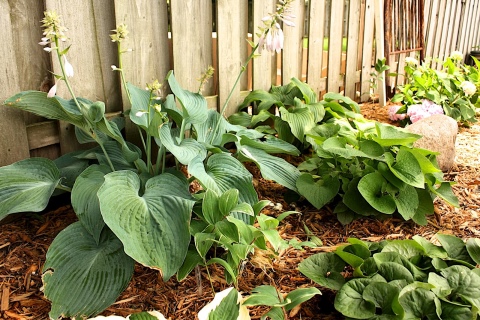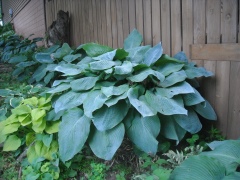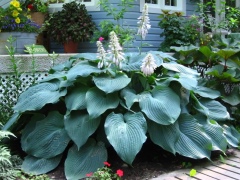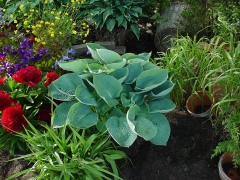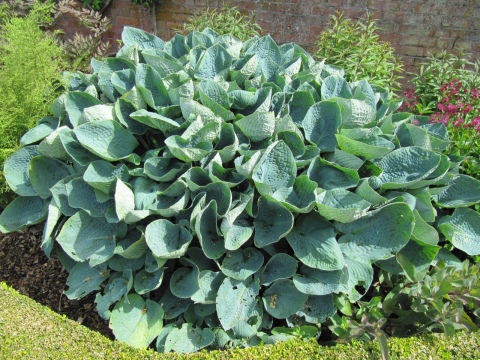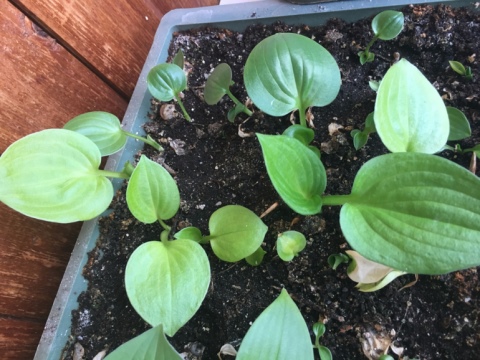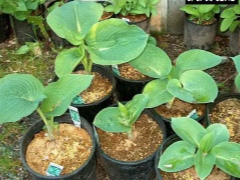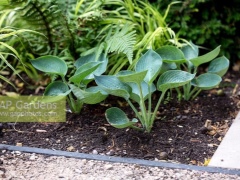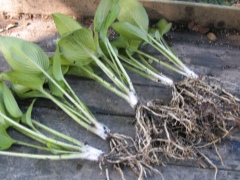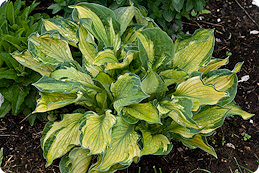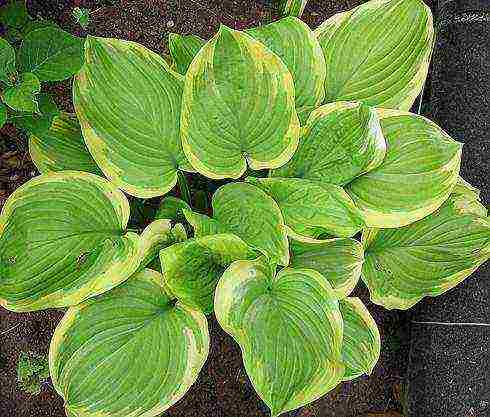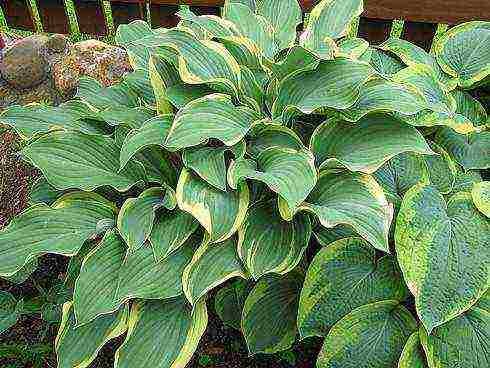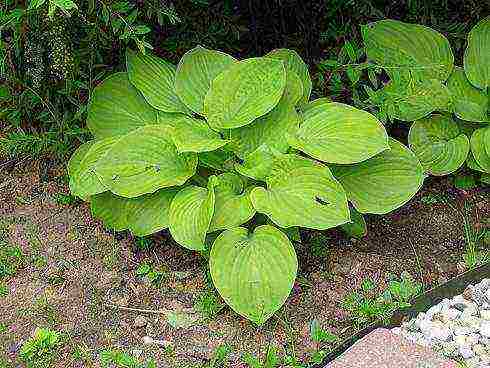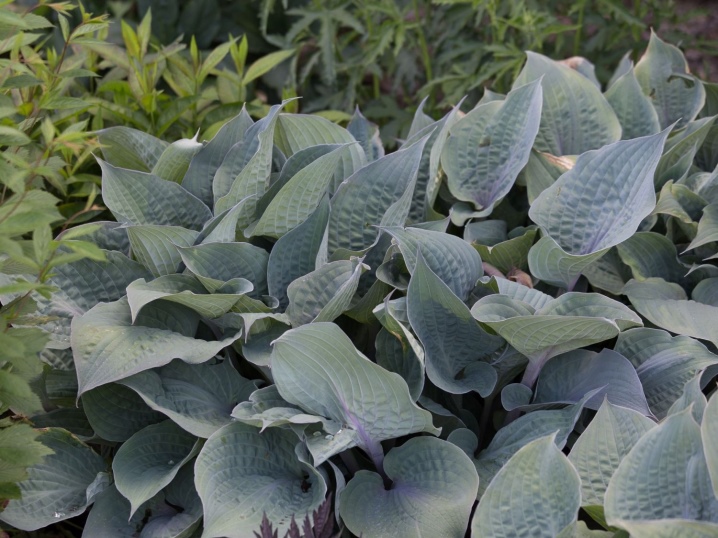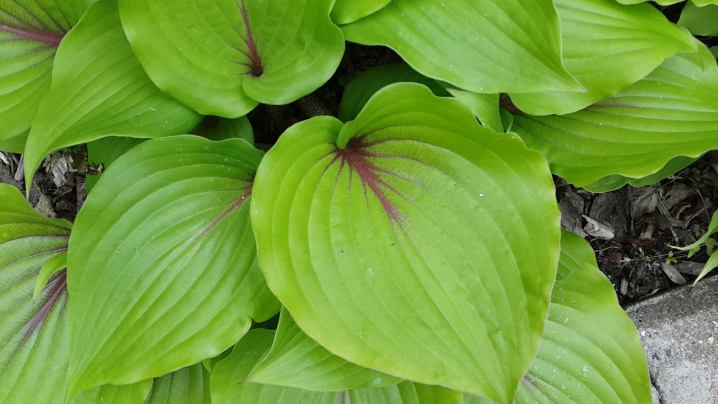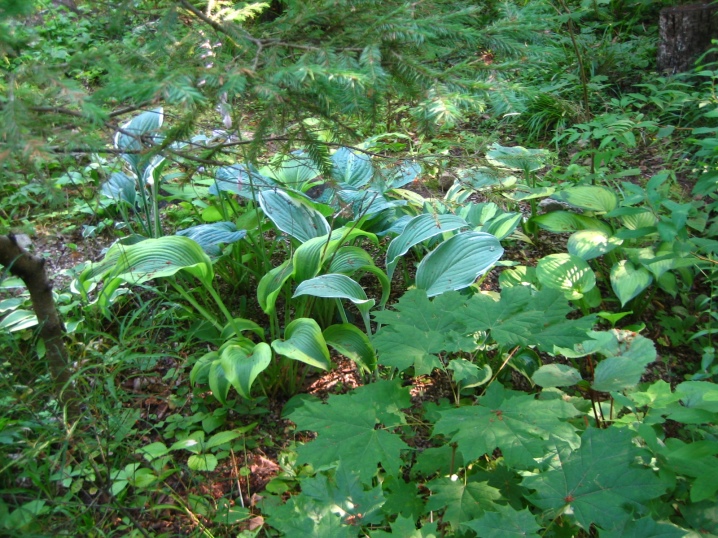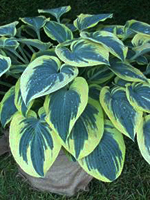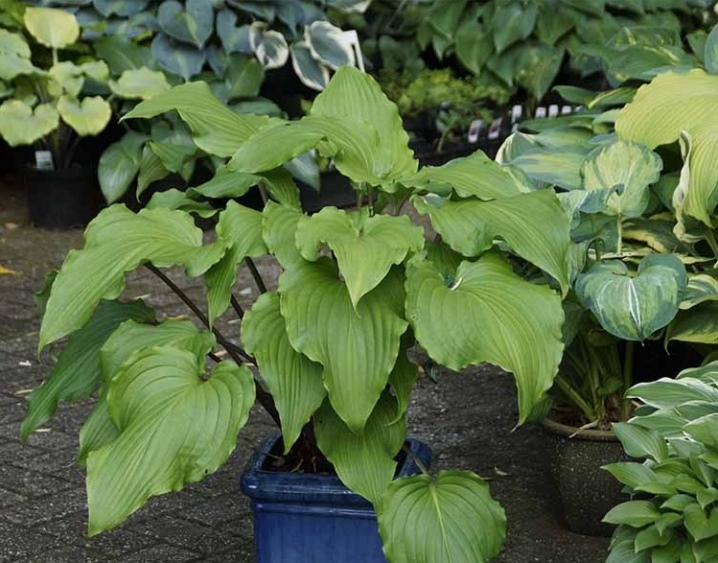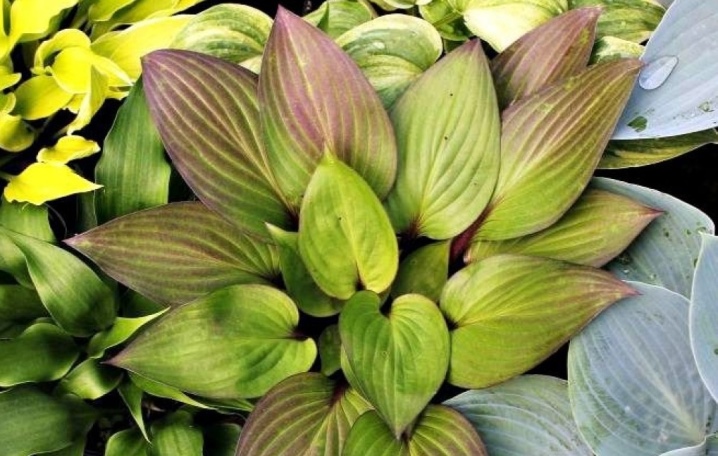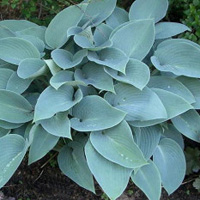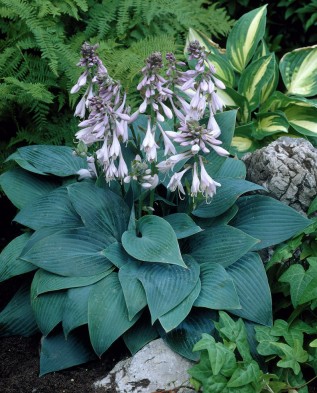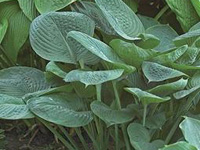Description of Big Daddy hosts
| DIRECTORY of host varieties: | |||||||||||||||||||||||||
| A | B | C | D | E | F | G | H | I | J | K | L | M | N | O | P | Q | R | S | T | U | V | W | X | Y | Z |
|---|
| Description of hosts Big daddy | |
|---|---|
|
|
|
|
|
|
| Bush hosts Big daddy | |
| The size: | Large (L). |
| Bush height, cm: | 63 |
| Bush width, cm: | 160 |
| Bush shape: | Domed |
| Lighting conditions: | Shadow, partial shade. Shade-loving. |
| Slew Rate: | Slow |
| Hosta sheet Big daddy | |
| Color in the center of the leaf: | Blue |
| Variation: | Absent |
| Color change: | Bluescent Green towards the end of the season. |
| Leaf shape: | Broadly ovate |
| Sheet base: | Heart-shaped. |
| Sheet length, cm: | 30 |
| Sheet width, cm: | 29 |
| Leaf texture: | Dense |
| Flowering hosts Big daddy | |
|
|
|
| Peduncle height, cm: | 70 |
| Colour: | Close to white |
| Drawing on a flower: | No |
| Flower smell: | No |
| Flowering time: | July August |
| Seeds: | viable seeds |
| Hosta history Big daddy | |
| Registration year: | 1978 |
| Place of registration: | USA, Massachusetts |
| Originator: | Florence Shaw Registration Paul Aden |
| Origin: | Hosta sport Elegans (was originally registered as a sport hosta Robusta, but apparently wrong) |
Hosta varieties Big daddy can also be found under the names: Big Daddy.
Possible translation: Big Dad.
Appearance
Dark blue leaves with a silvery chalk coating that lasts for a very long time, especially if the hosta is not exposed to the bright sun. The bush is compact, the foliage is very dense, dull, in adult bushes, it is strongly reaped. The leaves are deeply thicket. The flowers are close to white.
Pick-up location
Shade-loving host - looks better in shade and partial shade. It turns green much earlier in the sun. In cooler climates, it retains its blue tint for longer.
Design
Big daddy (Big Daddy) is used as a background plant or as a solo free-standing host, creates beautiful compositions with variegated or yellow-leaved varieties or varieties with shartez leaves. In the shade, Big Daddy retains the blue tint of the leaves for a very long time.
| Hosta Big daddy in garden design. |
|---|
Landing
For planting, hosta seedlings, prepared cuttings and shoots taken after dividing the bush are suitable. Used and purchased in specialized centers seedlings with a closed root system, placed in a nutritious substrate of peat and humus
In this case, one must pay attention to the condition of the leaves and stems, which should not be damaged - it is better to purchase plants planted in pots. The roots should also be healthy, ideally their length is from 10 to 12 cm
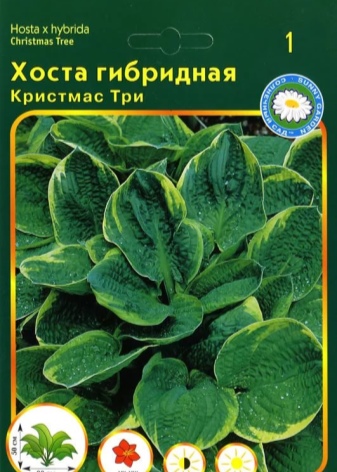
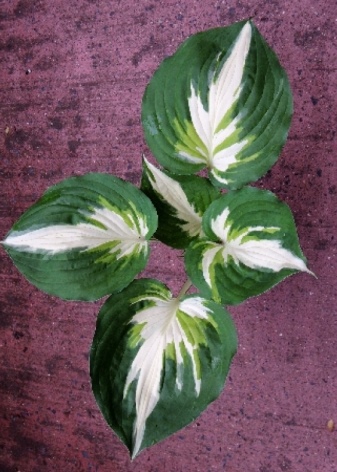
The rules for choosing a site for hosts of this variety provide for planting in partial shade and diffused lighting. These are the most favorable conditions for a plant to acquire a decorative appearance. In an open space, the culture is not planted, since the sun's rays can leave burns on the leaves.
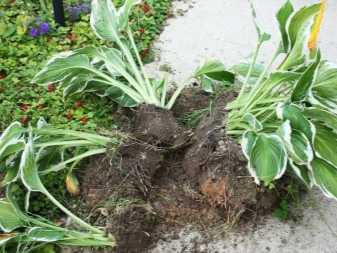
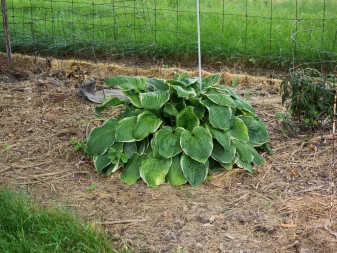
Suitable soil for the Christmas Three hosts is fertile land with good drainage. The best option is a sandy loam mixture with good air permeability. When growing a shrub, moisture stagnation should be avoided, as this causes plant diseases. Another feature of the variety is its love for slightly acidic soils. Site preparation consists of digging, removing weeds, loosening. The land should be enriched with organic fertilizers and only then the seedlings should be placed in open soil.
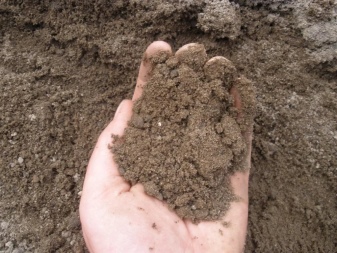
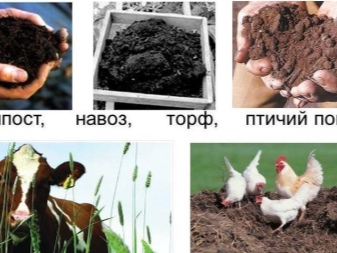
The main stages of planting look like this.
- Landing is carried out in April or early May when the ground is warm and there is no frost.
- A landing hole 30 cm deep is being prepared, which is quite spacious for the branched roots of the hosta, who love to grow to the sides.
- If it is necessary to plant a group of plants, the interval between the holes is about 1 m.
- After spilling the pit with water, drainage materials are placed in it - pebbles or coarse sand.
- Seedlings with open roots are soaked in water before being placed in open ground and kept in a stimulator for early rooting, too long and dry shoots are cut off.
- On top of the drainage, 2/3 of the hole is covered with nutritious soil (humus and peat).
- When placing the roots, they are straightened and buried to the root collar, the soil is compacted and watered with a sufficient volume of water for maximum moisture.
At the end, mulching is carried out using peat and coniferous bark, which has disinfecting properties.
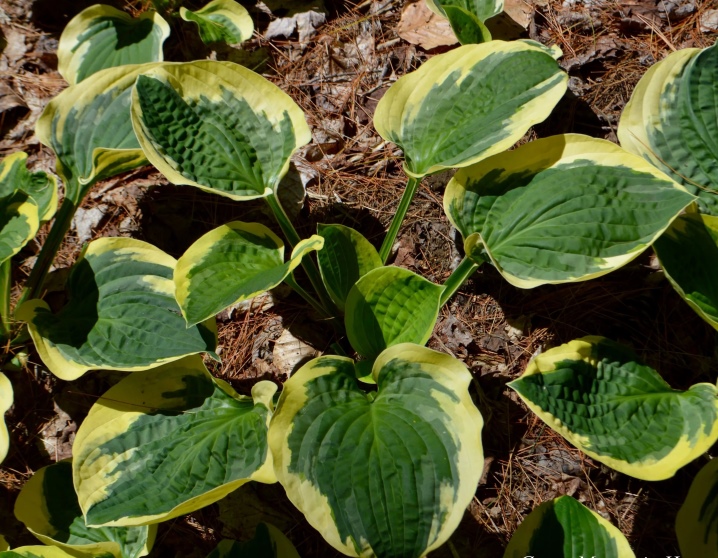
Outdoor plant care
Taking proper care of your host is easy enough. It is imperative to remember that at home plants grow near rivers, which means they love high air humidity and moist soil.
Therefore, it is important to try to bring the conditions for growing a flower closer to its natural growth in nature. The plant needs to be watered in a timely manner and regularly, but it is not worth overmoistening the ground.
The host loves watering in the morning.
Loosening the soil under the plants must be done very carefully and shallowly, since their roots are close to the surface. The best option is to replace loosening with mulching. In this case, the soil retains moisture for a long time.
Choosing the right soil mulching material will also protect the hosta from its main pest, which will be discussed later.
On the video of the host: planting, leaving, reproduction:
Use in landscape design
In landscape design, Hosta is most often used to create borders, because it can grow in one place for many years. With their help, it is also possible to create beautiful carpet plantings or to make a bright touch in the middle of the flower bed.

Hosta hybrid big daddy
The shrub looks great in mixborders next to large plants such as balsams, daylilies or irises.In this case, there will be no pronounced difference in size, but a contrast between the bluish greens of Big Daddy and other flowers will visually appear. The culture is effectively combined with conifers with a crown of a similar shade - juniper, yew, fir or blue spruce.
Also suitable for decorating garden ponds, streams, fountains, complemented by sedge, fern or rhododendron. Fans of more original compositions can decorate the adjacent space with a suitable driftwood and emphasize the laconicism of gravel chips.
When choosing a permanent companion for Hosta, it is recommended to give preference to those specimens that actively manifest themselves in the spring, which will revive the design of the site, regardless of the season.
Host Big Daddy
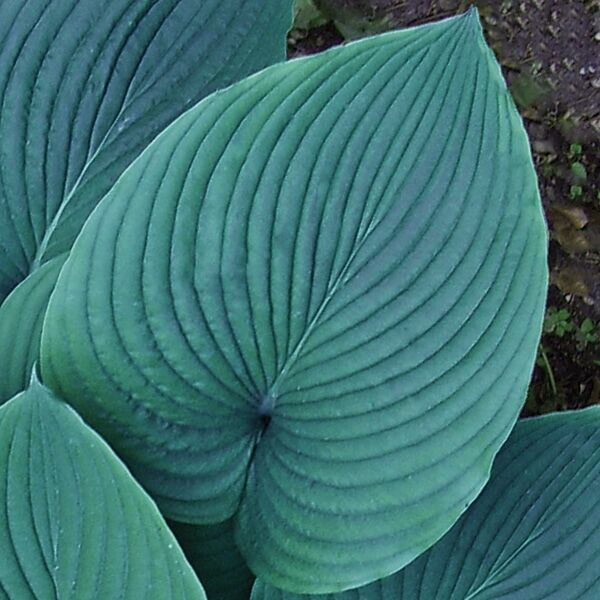
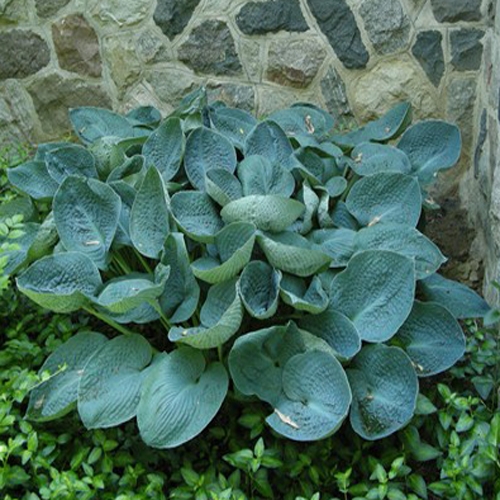

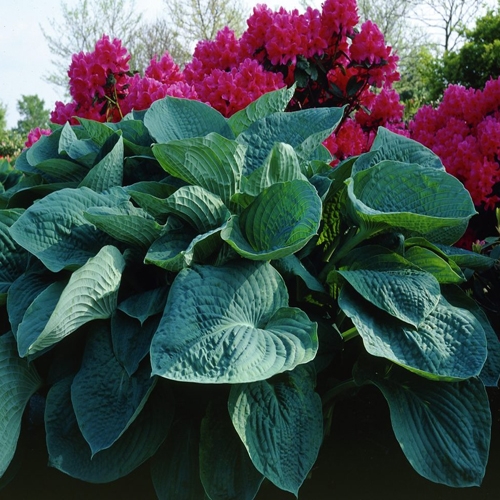


Plants with this date of dispatch will be sent from February 25 to April 30 in the order of priority of receipt of orders.
Plants with only one delivery time are processed in one order!
For all planting material
Dozens of payment methods
Fast and convenient delivery
Russian Post (Moscow and the region within 24 hours), CDEK, Courier
| Height of an adult plant | 60 cm | |
| Flowering period | July | |
| Winter hardiness | Zone 3 (-40 to -34 ° C) | |
| Delivery standard | OKS, root in peat |
Hosta Big Daddy (Big Daddy) - a fairly large host, grows well in width. Very impressive leaves - round-heart-shaped, grayish-blue, corrugated, having a decorative appearance throughout the season. The flowers are white with a light aroma. She has won several awards at prestigious exhibitions. Hosta Big Daddy (Big Daddy) can grow in one place up to 20-25 years, but due to the fact that the hosta grows rapidly, it is recommended to divide the bush every five years. The host is cold and drought-resistant. Prefers moist, slightly acidic, well-drained soils. Hosta Big Daddy (Big Daddy) is used to decorate a garden pond, an alpine slide. They are planted along the edges of paths or as a bright accent on the lawn. Suitable for growing in pots and flowerpots.
Planting hosts: They are planted in holes 2-3 cm deeper than they grew before, the roots are straightened, sprinkled with soil and watered abundantly. After that, the planting site is mulched with bark or sawdust. If hosts are planted in groups, the plants are placed at a distance of 30-80 cm (depending on the variety). And between the most spreading bushes they maintain a distance of about 100 cm.
Caring for hosts: Although not demanding of the host, planting and caring for her requires adherence to the rules. Weed and periodically loosen the soil. Remove old leaves and young flower arrows. This will make the bush look neater. The exception is well-flowering varieties.
Planting Soil: Light, drained, moist soil is suitable for planting and propagating outdoors.
Preparing for winter: In the fall, it is very important to water the hosts abundantly. Lack of moisture in the root system will lead to its drying out in winter.
If the Big Daddy hosts that respect the leaves are pruned, then this should be done with a sharp pruner. If you tear off the foliage by hand, then the inflicted wounds do not heal well, the hosta cannot leave the pruning for a long time. As a result, the plant becomes weakened, thereby attracting pests and diseases, and also loses its winter hardiness.
Planting Site: Traditionally, the Big Daddy host is considered a shade-loving perennial. But there is a pattern: the lighter the foliage, the more sun the plant needs. Dark green and blue varieties must be planted in the shade. For growing light hosts, partial shade or even a sunny place is suitable. Make sure that the plant is not in direct light, otherwise burns on the leaves cannot be avoided.
Reproduction by dividing the bush: The bushes are usually divided in May or late summer. The smaller the split off part is, the longer it will take for it to grow. Another method of propagation, cuttings, involves the separation of a sprout with a part of the rhizome from an adult bush. Cuttings are planted in open ground immediately, watered and shaded.
Quality assurance For the entire range
{SOURCE}
How to plant at home?
Hosta is a rather unpretentious plant that even a novice florist can grow.
Hosta varieties with green leaves should be planted in shaded areas. Variegated plants can grow in the sun, but shading is required in the midday heat.
The planting process consists of the following main stages:
Since the root system of the hosta grows horizontally, a wide planting hole must be dug to plant it;
Considering that the flower will grow in one place for a long time, the depth of the planting pit should be at least 3 cm;
Add compost soil, humus, sand, peat and some wood ash;
Thoroughly mix the mixture in the planting pit and fill it with pre-moistened soil by about 2/3;
The roots of the seedling must be carefully spread on moist soil and carefully sprinkled with earth on top.
How to plant and care properly?
Planting of Big daddy hosts is carried out in early spring or autumn in a wide planting hole; it is recommended to use a mixture of compost, humus, peat, sand. Growth buds must be at the soil level. It should be borne in mind that the bushes tend to grow strongly, so hybrids should be planted at a distance of 60 cm from each other, after planting, the land near the plant must be watered and mulched. This variety is not particularly picky about the composition of the soil, however, loose, slightly acidic and moderately moist variants are preferable. The host loves moisture, but not dampness, adult plants tolerate drought well, since their roots penetrate very deeply into the ground.
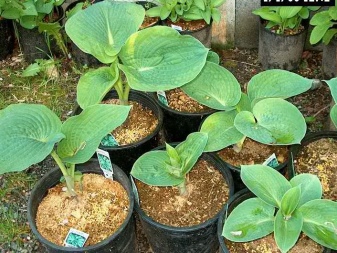
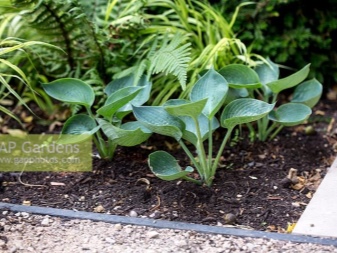
These hosts prefer shady and semi-shady areas. They grow very slowly. Mineral fertilizers should be applied periodically.Plants tolerate winter frosts well, but in the fall, the soil should be covered with insulating material, since the roots are located superficially.
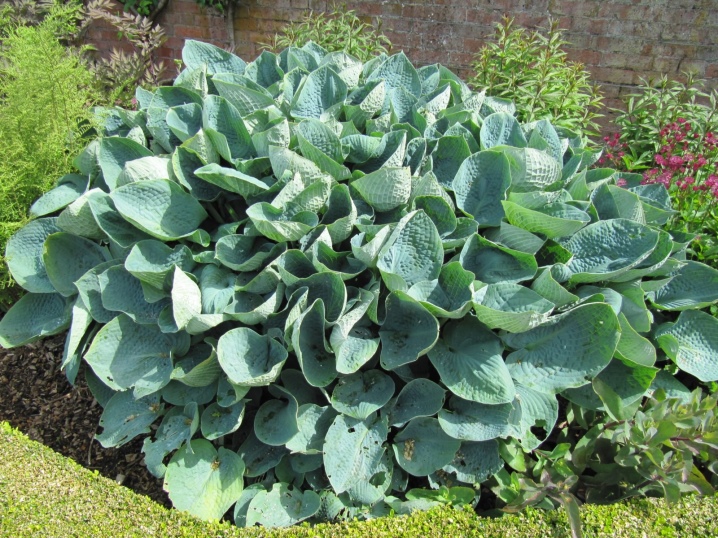
Reproduction
Seeds
At the end of flowering, seed boxes are formed on the host, from which the seed is collected. The disadvantage of this method is the complexity of the procedure and the loss of varietal characteristics.
Before planting in the ground, the seeds are necessarily treated with a growth stimulator and disinfected in a weak solution of potassium permanganate. The soil mixture is made from peat, vermiculite or perlite, pre-calcined in the oven. The containers are also sterilized.
In April-May, seeds are embedded in the substrate to a depth of no more than 7 mm, after which the container is covered with polyethylene and kept at a temperature of 20 ° C. The first shoots appear after a few weeks, the pick is done at the stage of 2 true leaves.
Cuttings
The plant is propagated by cuttings in the middle of summer, in the month of June and July. Strong shoots with leaves and a heel are taken as a material, which are cut off with sharp scissors.

Big Duddy Hosta Photo
Additionally, the sheet plates are shortened by ⅓, thus reducing the evaporation of moisture.
After the sprouts are planted in a shaded place and watered daily. Initially, the seedlings may look lethargic, but after a while the turgor is restored as the young plants take root.
Dividing the bush
Rhizome division is the most productive method of Khost breeding, which is recommended either in early spring or in autumn.
During the procedure, the shrub is completely dug out of the ground and divided into several segments, the sections are treated with crushed activated carbon or wood ash.
Additionally, injured and affected roots are cut off, and the plots are determined to a permanent place. The rooting process takes about 2 weeks.
Diseases and pests
| Disease / Insect | Symptoms | Prophylaxis | Treatment |
| Slugs / snails | Initiated by visual inspection, eaten edges and holes appear on the leaves. | Mulch the soil (mulch complicates the movement of gastropods).
Sheets of roofing material or slate are stuck along the perimeter of the flower bed, at the base of which parasites hide in the heat, then they are collected by hand. Bottles with a small amount of beer are placed around the territory, when insects gather in them, they are disposed of. Crushed eggshells are scattered over the surface. |
Folk methods: Impregnate sawdust for mulch with essential oils of lavender, laurel, sage.
Chemicals: EcoKiller, Ferramol, Hunter, Thunderstorm, Ulicid, Slug-eater, Antislime, Predator. |
| Rodents | Sharp wilting of the plant. Lack of young growth in the new season. | They are planted in specialized protective nets. | Set up traps, treat with chemicals: Coumarin, Warfarin, arsenic. |
| Caterpillars | Deterioration of the condition of the bush, insects are noticeable upon visual inspection. | They dig in the area from all sides, thus creating protective grooves, which greatly complicates the penetration of the caterpillars into the garden. | Folk methods: infusion of tobacco, pharmacy chamomile, yarrow, decoction on tomato tops. |
| Nematode | Suspension in growth, in hot weather the leaves are deformed, swelling appears on the roots. | Plants are regularly weeded, water is avoided on the leaf plates during watering, marigolds / marigolds are planted between rows, and plant residues are disposed of. | Purchased drugs: Pecilomycin, Metarizin, Phytochit, Basomil.
Chemicals: Carbation, Phosphamide, Lindane, Dimethoate. |
| Phylostictosis | The speck on the surface of the leaves is brown or light gray; as the disease progresses, it grows, holes appear in the center. | Avoid excessive waterlogging, regularly treat with Fitosporin. | Cut off the affected areas, sprinkle the wound with activated carbon powder.
Purchased drugs: Vectra, Abiga-Peak, Strobi, Ixtra. |
| Anthracnose | Brown spots up to 12 mm in diameter, have a clear outline and a dry, cracked surface. In shape, they resemble a trail of raindrops. | Refrain from planting in an alkaline substrate, apply phosphorus-potassium fertilizers on time, avoid damage during the transplantation process. | Purchased funds: Ridomil Gold MC, Fundazol, Skor, Previkur, Acrobat MC. |
Care
Watering
Given that the hosta has large leaves, from which moisture is actively evaporated, the plant should be watered daily in summer. Irrigate the soil under the root, trying to avoid getting liquid on the aboveground part.
Otherwise, the risk of sunburn by shrubs increases. It is recommended to carry out the procedure in the morning until 11 o'clock, if necessary - at lunchtime, but only if the weather is cloudy.
Top dressing
If fertilizers were applied to the substrate during planting, then the first 3-4 years you can not worry about feeding. In the future, the culture is fertilized 2-3 times per season: at the initial stage of the growing season and at the end of flowering.

Hosta big daddy
The main food is organic matter - rotted manure or humus, often used for mulching. Additionally, granular mineral complexes with potassium, phosphorus, nitrogen included in the composition are distributed over the surface, after which the soil is abundantly moistened.
Mulching and loosening
Young plants, which are not able to resist the rapid growth of weeds, need most of all to loosen the substrate. As the shrub develops and grows, the need for these procedures disappears.
Using a giant host in garden decoration
Despite being a plant only for large plots, when properly placed, giant hosts can single-handedly replace numerous design elements in a small garden. But for this you need to carefully "prevent" their negative impact. Giant Hosts are ideal for regular gardens and contemporary style projects.
Against the background of giant hosts, even hydrangeas seem to be dwarfs. These are some of the most spectacular architectural and ornamental plants that can bring order to any design. The ability to instantly attract the eyes and create dominants in the compositions of giant hosts can only be compared with a large garden sculpture and small architectural forms.
If you're looking to create large-leaved contrasts and add textural variety, even badan will fade against the backdrop of the host giants in mixed compositions. But they are especially effective as single accents.
Giant hosts are resistant to pests and diseases.
These plants can be planted both at architectural elements (stairs, walkways, paths, corners of buildings, etc.), and at the largest plants, or as a replacement. They look great by the water. Partners should be lush, textured, contrasting and neat.
Choosing a giant hosta for your garden, it is worth remembering one more nuance: they very easily suppress other plants and literally "erase" the background. A Giant-class host should be placed next to a counterbalance - a house or large buildings and plants. It is a distracting, masking element and the main decoration of the opening plan, a great "stopper" and divider, as if cutting the garden space into zones without any screens and hedges.
The best varieties of giant host
- ‘Big Mama’ is a legendary variety with rounded, bluish, matte, wrinkled waffle leaves. At the edge, they curl upward, have whitish strokes at the cutting and shining white narrow inflorescences.
- 'Big Daddy' is a broad-leaved variety with saucer-like emerald-blue leaves.
- 'Jade Cascade' is a glossy, narrow-leaved, herbaceous green, spreading variety with light purple bells.
- 'Blue Angel' is a very beautiful variety with large, almost round, strictly veined, wavy, matte blue leaves.
- ‘Empress Wu’ is the largest known cultivar with architectural shrubs, long yellowish petioles and an umbrella of matte waxy leaves. The flatter, wider 'Kingsize' is a nice alternative with a lighter shade.
- ‘Jurassic Park’ is a classic, elegant, austere variety with heavily veined matte dark green leaves.
- 'T-Rex' is a cultivar with giant, elongated, cordate leaves, a glossy dark emerald tone and a very strict vein.
- ‘Icy Halo’ is a blue-gray variety with wide, heart-shaped leaves, slightly curling upward along the edge and showing off the thinnest white irregular border.
- ‘Tom Schmidt’ is a matte, light, olive-gray tone and has elongated almond-shaped leaves with a bright white border.
- ‘Dino’ is a spectacular heart-leaved variety with emerald leaves decorated with a thick light green border.
- ‘Earth Angel’ is the most spectacular variegated variety with a creamy, wide border on wavy, heart-shaped leaves that flash irregularly with blue spots.
- 'Victory' is a unique glossy variegated variety with a yellow border on heart-shaped, austere, creeping leaves.
- The ‘Blue Mammoth’ is a blue hosta with very unusual symmetrical, strictly veined heart-shaped leaves with a downward tip and massive white peduncles.
- ‘Blue Umbrellas’ is a large-leaved cultivar with rounded leaf tips with slight wrinkling and the most beautiful matt bloom on light emerald blue leaves.
- 'Sum & Substance' is a glossy, golden-green variety with perfect, heart-shaped leaves with strict veins.
- ‘Coast to Coast’ is a wrinkled variety with upward-looking yellow-green leaves and lilac flowers.

